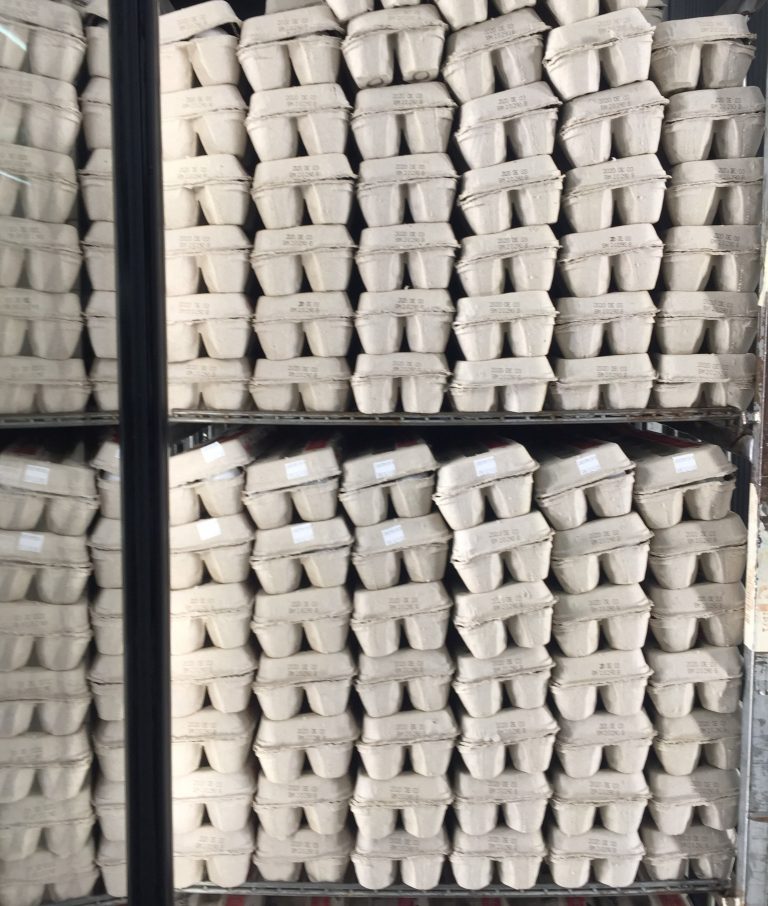Is Labor Market Signaling the Weakening of Macroeconomic Models?
U.S. labor department’s latest statistics, published on January 10th, suggested that the unemployment rate remained at a 50-year low of 3.5 percent. However, the same report indicates thatU.S. wage growth dropped below 3 percent. These two developments are in sharp contrast with the premises of standard macroeconomic theories. According to these theories, low unemployment rate should be accompanied by higher wages. In other words, the basic neoclassical theories of the labor market that uses the supply-demand framework are too weak to explain the current events in the U.S. labor market. Even worse, these failures to explain the real-world call attention to other implications of these models, including their recommendation for distribution of income among workers, landowners, and owners of capital, into question.
To elaborate on this point, let’s review the premises of a “factor of production” model that uses a standard supply-demand framework to demonstrate labor market developments. Labor is the essential factor of production because workers receive most of the total income earned in the U.S. economy. This standard supply-demand tool predicts that a high level of employment creates tightness in the labor market. As a result, any further increase in demand for labor from employers will increase the price of labor, which is wage. This phenomenon will lead to a higher inflation rate; since workers’ income is a substantial part of the cost of production, producers increase their offering prices.
As the recent report by the labor department confirms, the current evidence does not support the premise of this basic neoliberal theory of the labor market. Yet, instead of becoming more cynical, economists use the recommendations of this model to explain how the income of the U.S. economy should be distributed among workers, landowners, and owners of capital. Economists debate the importance of trade, technology, and other forces on the changing distribution of wages. However, the most important factor that is not being scrutinized enough is the robustness of the economic models themselves.
Questions:
- Explain what is the implication of the low unemployment rate for the supply and demand for labor.
- What are the other factors of production?












